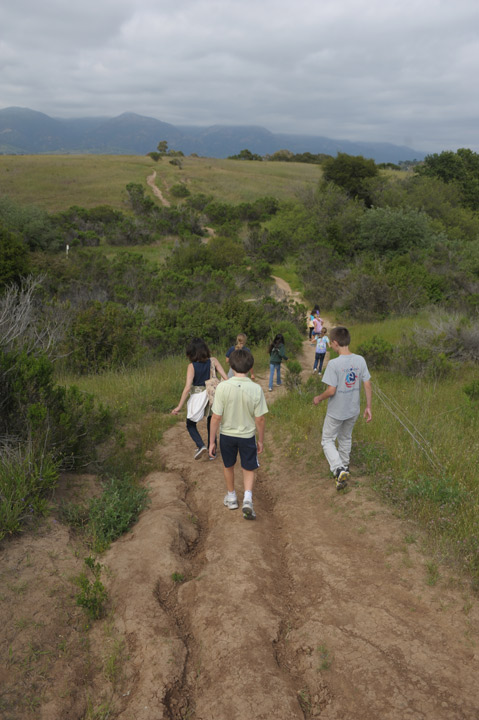
The 265 privately owned acres that compose the bulk of More Mesa — a coastal bluff-top open space between Goleta and Santa Barbara popular with hikers, bikers, gliders, beachgoers, and nature lovers — have been sold for $25 million, according to the County Assessor’s Office.
The buyer is listed as Khalid Saud Al Shobily LLC, a prominent Saudi Arabian real estate investment group headed by Khalid Bin Saud Al Shobily. Attempts to contact Shobily have not yet been successful, but there is already wild speculation about what the company plans to do with the property, which includes six legal parcels.
The property has been owned for nearly 30 years by Robert Earl Holding, owner of Salt Lake City–based Sinclair Oil and developer of Idaho’s Sun Valley ski resort, who purchased it for $6.7 million in 1984. Over the years, the Holding family pursued various development proposals, including a plan offered by a Santa Barbara team this past summer to conserve 85 percent of the area while erecting 38 homes. That plan — spearheaded by developer Jack Theimer (responsible for Goleta’s Storke Ranch, Montecito’s Ennisbrook, and Colorado’s Beaver Creek), environmentally minded attorney Kim Kimbell, and real estate agent Stephen Hawkins — met with some neighborhood opposition and failed to make the traction required to keep the Holding family interested in the deal.

But Stephen Holding, Robert’s son, explained that he had “extensive discussions” with Shobily regarding the Theimer team’s plan, that “the buyer has expressed their intention to continue working” with them, but that “the buyer will not finalize their intentions until they have an opportunity to more fully review the proposed plan as well as other options.” Said Holding, “Having owned the property for over 25 years, we feel some sadness to no longer be part of this beautiful piece of land, but we are confident that it will be developed in a way which will benefit all involved.”
Neighbors who supported the conservation-with-development idea were dismayed by the sale, fearing that the new owner may develop the parcels as allowed and shut out the public as much as possible. “We had held out hope all along that there would be cooperation among the interested parties to work together for something that would benefit the whole community,” said Bonnie Freeman, a resident of the adjacent More Mesa Shores community, “and it’s very sad that did not happen.” She and others had met with the Theimer team a few times and had “felt it was a win-win situation to go forward,” so long as the proposal could be tweaked along the way. “It’s a disappointment, of course, as some of us fear that another proposal might come through that could potentially not allow the kind of public access and protection to the bluffs and the wildlife corridor,” explained Freeman in an email.
Many members of the More Mesa Preservation Coalition, however, never warmed to the conservation-plus-development plan, and some even consulted with the Environmental Defense Center (EDC) in anticipation of a legal battle. While disappointed that the acreage was advertised to the community as worth $35 million in the proposed deal but then sold to an out-of-town buyer for $10 million less, they aren’t scared that it will be developed overnight.
“We don’t know what the buyer’s plans are, but the restrictions on the property have not changed,” said Linda Krop, chief counsel for the EDC. “Whoever owns the property must comply with the county’s general plan and the Coastal Act. This means that development will be restricted, public access will be maintained, and the habitat areas which cover most of the property must be protected.” Krop said that the EDC and More Mesa Preservation Coalition remain interested in a deal to save the entire property from development.



